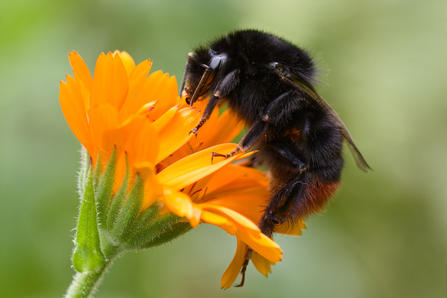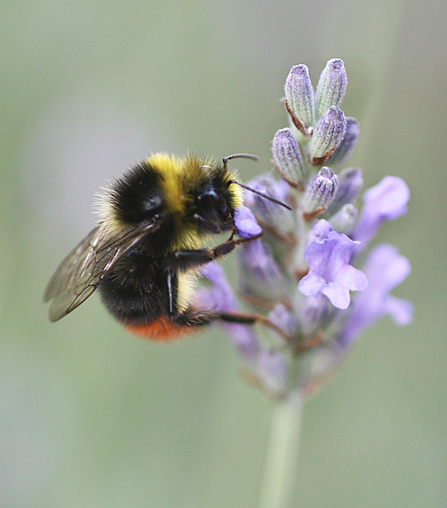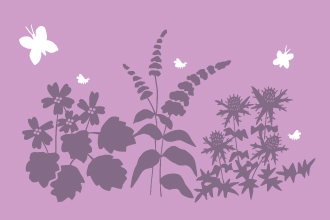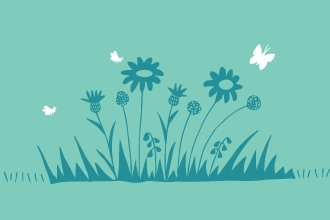What a beautiful day! Finally, spring had arrived. It was late March and there was a break from the seemingly relentless rain - the sun shone for almost a whole day. There was a genuine warmth in the air...and insects were on the wing. Amongst the solitary bees, bee-flies, butterflies and hoverflies were several bumblebees including a beautiful queen red-tailed bee, bumbling amongst the spring blossom.
I adore seeing queen bumblebees buzzing about in spring. They're making the most of their short time in the sunshine. These are the individuals that emerged last summer and fed heartily on late flowers before spending the winter hunkered down in a state of diapause (the insect version of hibernation). When they emerge in spring, they spend a relatively short time gathering provisions before settling down to start their family. Where they nest depends on the species. Red-tailed and buff-tailed queens, for example, will seek out old mouse holes or other dark cavities. You might come across common carder bee nests at the base of grassy tussocks whereas tree bumblebees often seek out bird boxes or even cavities in roofs to settle into.






